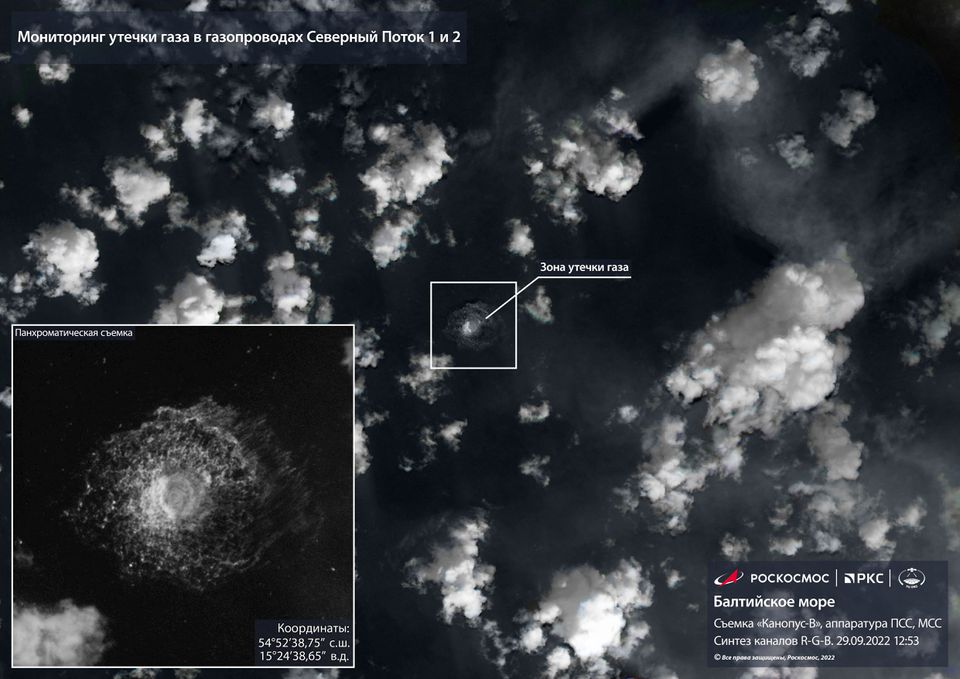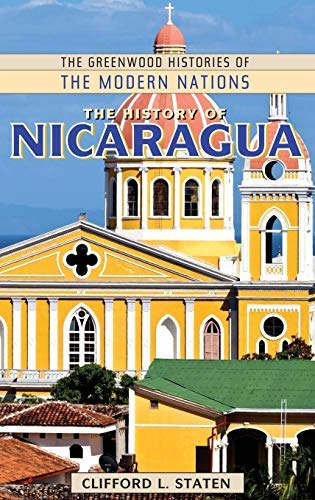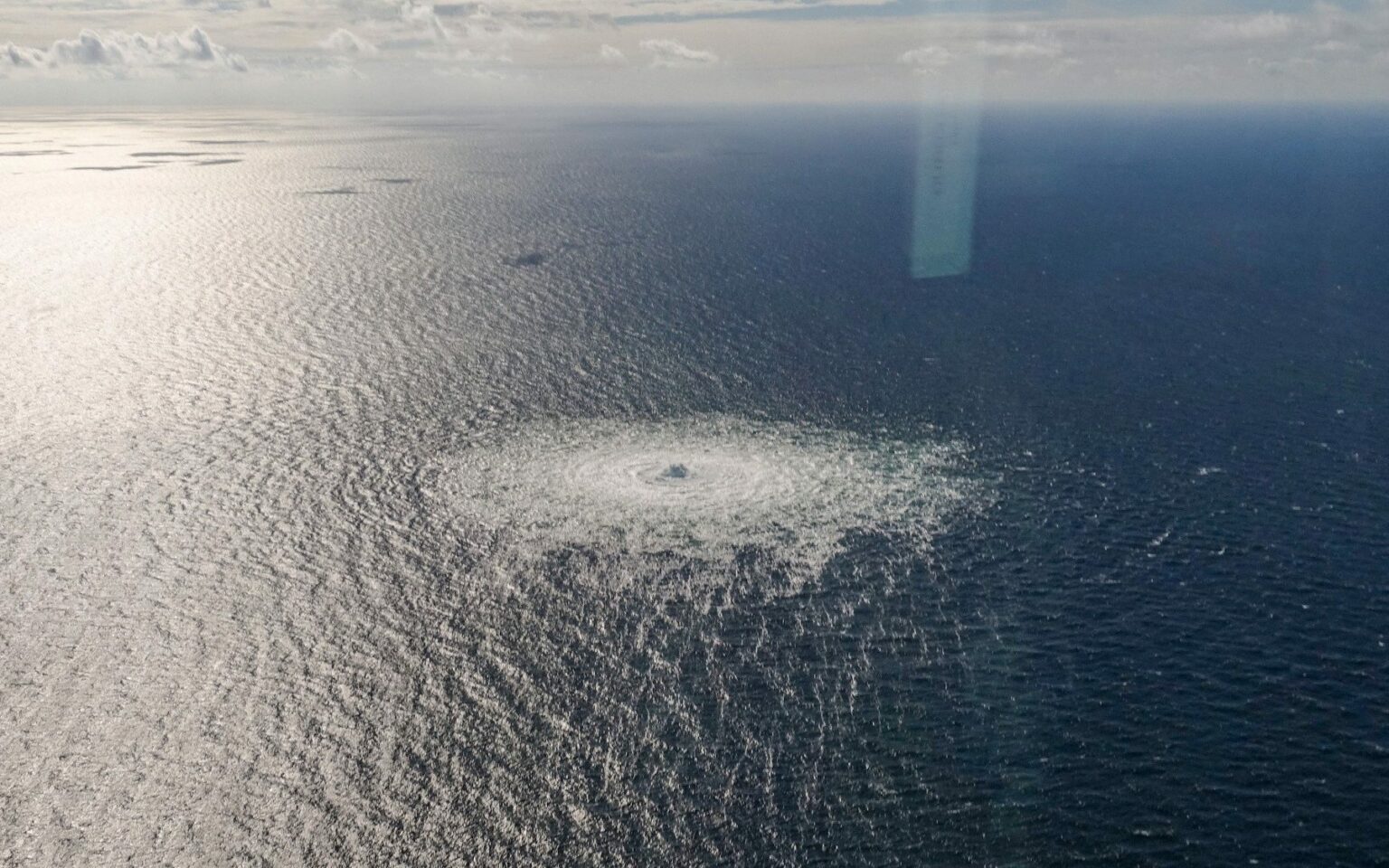
Source: Reuters
One of President Vladimir Putin’s closest associates claimed on Wednesday that the sabotage of the Nord Stream offshore gas pipelines was similar to the attacks on Nicaraguan oil infrastructure in 1983 that were supported by the U.S. Central Intelligence Agency.
Last month, the Nord Stream 1 and Nord Stream 2 offshore gas pipelines, which cross the Baltic Sea from Russia to Germany, were ruptured in what Moscow deemed to be an act of “international terrorism.”
In an accusation denied by Washington, President Vladimir Putin on Friday blamed the United States and its allies for blowing up the undersea Nord Stream pipelines. According to the European Union, sabotage was to blame for the significant infrastructure leaks. Nikolai Patrushev, the secretary of the Russian Security Council, specifically mentioned the CIA.
The Interfax news agency quoted Patrushev, a close supporter of Putin, as stating, “Let me remind you that a similar circumstance occurred in 1983.”
According to Patrushev, “around that time, saboteurs hired by the CIA organised strikes against Nicaragua, which included blowing up an oil pipeline in one of the ports.”
Last week, Patrushev claimed that the West had a history of attacking pipelines.
The United States will be able to raise LNG prices and sales as a result of gas leaks in Nord Stream pipelines, according to Kremlin spokesman Dmitry Peskov, who has claimed repeatedly that Washington stands to gain from the issues at Nord Streams.
Predecessor of Nord Stream Sabotage

Source: Amazon
The description of the aforementioned attack on the Nicaraguan oil infrastructure in 1983 can be found in the book ‘The History of Nicaragua’ by Clifford L. Staten
Following is an excerpt from his book:
The CIA created a guidebook for the contras in October 1983 that endorsed terrorism and assassination. In a closed-door meeting in late 1983, Clarridge informed Congress that the contras had murdered “civilians and Sandinista officials in the provinces as well as heads of cooperatives, nurses, doctors, and judges” with U.S. assistance.
This was an acknowledgment by the administration that it had been clearly in violation of the Executive Order that forbade US participation in assassinations.
Additionally, a war of economics was launched by President Reagan against the Sandinistas. American businesses that do business with Nicaragua came under political pressure. In October 1982, Standard Fruit departed the nation after deciding not to buy any more Nica bananas.
In December, Nicara-gua received a 30-million-dollar short-term loan from Bank of America. Bank of America refused to approve the loan as a result of pressure from the State Department. The United States slashed the Nicaraguan sugar quota by 90% in 1983 after already cutting economic help and preventing financing from the Inter-American Development Bank (IADB). Although the United States was an original signatory to the pact, the General Agreement on Trade and Tariffs (GATT) found that this judgement violated it.
However, the United States disregarded the decision. Operations against Nicaragua’s economic infrastructure were carried out by the CIA directly.
In September, CIA commandos invaded Puerto Sandino and then went back to destroy an oil pipeline under the sea. The oil and gasoline tanks at Corinto were set on fire in October by CIA commandos. Numerous individuals were hurt, and since the fires were so fierce, 25,000 people had to be evacuated for two days while the fires were put out. President Reagan gave the CIA broader permission to attack economic infrastructure in December. CIA commandos assaulted the petroleum installations at Puerto Sandino and San Juan del Norte in March after U.S. personnel stormed the Potosi port in January. CIA commandos buried mines in all of the main ports and shipping lanes from January to March 1984.
On Nicaragua’s Atlantic and Pacific coasts, from January through March 1984, CIA operatives laid explosives in all of the key ports and trade channels. Ships from the Netherlands, Japan, Liberia, Panama, the Soviet Union, and Nicaragua all ran afoul of mines in April. The Reagan government denied any involvement and attributed the deeds to the contras. Later, the United States was compelled to reimburse these nations for their damages by the World Court in The Hague, which rendered judgement in favour of the governments of Nicaragua, Japan, The Netherlands, Liberia, Panama, and The Soviet Union. The verdict was disregarded by the Reagan administration.













